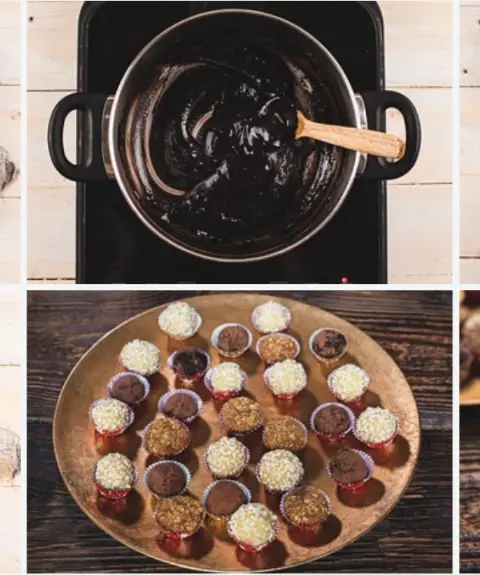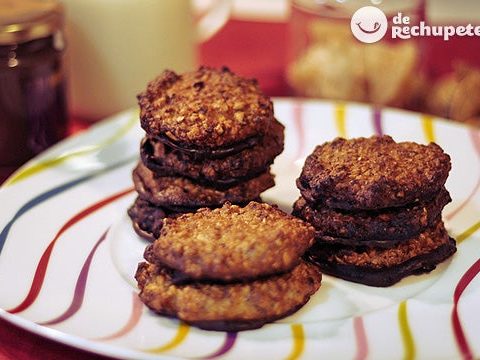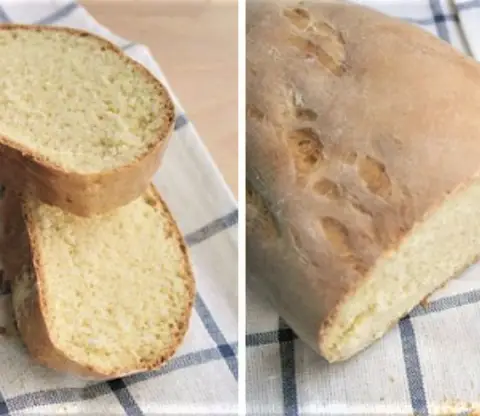
Info.
- Half
- 180 minutes
- For 10 people
- 0.4 € / person
- 340kcal per 100g.
How to make friar balls or stuffed berlin.
I present you one of the most famous invoices (Argentine sweets), the balls of friar or berlin . One of the dessert recipes that all children in Argentina, Chile and Uruguay love.
A cake that is well worth an afternoon of dedication, a type of Berliner or cream bombs that are usually filled with homemade pastry cream or dulce de leche . Although its origin is German, due to the immigration of the Germans to America, in many Latin American countries there are many recipes of European origin.
Among these recipes are the balls of friar, very present in Argentina and Uruguay, but also in countries like Chile with the name of Berlin or Berliners , Paraguay, simply calling them buns , or Venezuela with its bombs .
.instagram-follow img{width:100%;height:auto;} @media screen and (min-width: 1000px) {.instagram-follow {display:block;clear:both;float:right;width:50%;margin-left:1em;}}
They say in Argentina that the nudity of the friars has nothing to do with this sweet ball that always comes in the dozen bills. As in the case of vigilantes and cannons, saying “ friar’s balls ” was, at the beginning of the last century, the way to refer ironically to the church.
Others, on the other hand, believe that this invoice is so named because the friars carry pom poms (in fact they are knotted ropes) in the cassock belt. They are called ” bushings or tassels ” and many argue that we should speak of “friar bushings or tassels”, not ” friar balls “.
Maybe it happens to you like me and the way to call this sweet catches your attention a little. It seems that their name is due to the condition of anarchists and communists in much of the working class. Specifically from the bakers, so they used their creations to mock the established power a bit.
Examples of this custom are recipes such as the nun’s sighs, the guards or the cannons . Whether this custom is true or not, they are one of the quintessential sweets of Argentina and Uruguay, which together with cornstarch alfajores, always filled with dulce de leche , offer the rest of the world a finger-licking, delicious cake.
Preparation of dough for the friar balls
- We begin by preparing a sponge, for this we mix in a bowl the warm milk with the yeast and 2 tablespoons of sugar. We let it ferment for 30 minutes.
- When the sponge is ready we start with the dough. In a bowl mix the flour, the rest of the sugar, the vanilla essence, the salt, the sponge and the two eggs, all except the butter.
- We begin to knead until we have a homogeneous mass, for about 5 to 7 minutes.
- At this point we add the butter at room temperature, to be able to work it better.
- We will create a super sticky and pasty dough that will seem without solution. Do not despair, by force of kneading we will end up having a smooth and shiny dough.
- The way to work this dough is crushes, yes, hitting it and folding it, mistreating it, come on!
- We take it with our hands and throw it on the table. Thus for about 15 minutes, interspersing rest periods that will facilitate kneading and improve its texture. We will ensure that the dough does not stick to the counter at all.

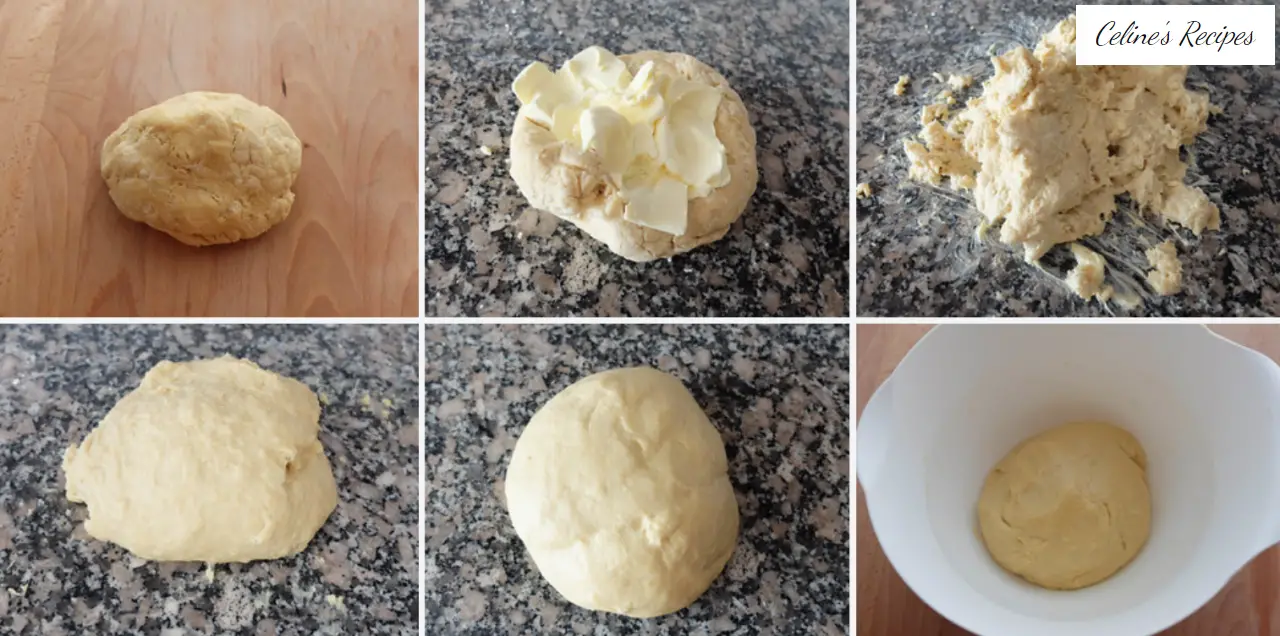
Rest and shape the friar balls. Frying
- We put the dough in a greased bowl and let it ferment until it doubles its volume. For 30 minutes in a warm place, the previously warm oven would be a perfect place.
- We dump the dough on a floured surface and degas it by working it lightly.
- We form balls with the hands of about 30 gr. each. We are placing them on a baking paper in a tray. We let them ferment again until they double the volume.
- In a casserole with high walls, heat an abundant amount of oil. When it is ready we add the already fermented balls frying them over a high heat.
- We must have them for about 4 minutes on each side, so it is important that the fire is not excessive to avoid burning on the outside and being raw inside.
- It is essential that they are fried in abundant oil. When removing them from the oil, drain them very well, so that they do not absorb too much oil.
- We remove the balls as they cook. We are placing them on a kitchen paper and from there to a plate with sugar in which we coat them still hot. We wait for them to cool before filling them.
How to prepare the filling. Custard cream
- At this point we can fill our friar balls with what we like best. I have chosen to do it in the most traditional style, with pastry cream , but they would be delicious with chocolate cream or whipped cream .
- We separate 50 ml. of milk in a cup and dilute in it the cornstarch or cornstarch. We reserve.
- In a bowl mix the sugar and the egg and beat until they foam. We reserve.
- We heat the rest of the milk with the lemon and orange skins, the cinnamon stick and the vanilla essence. When it begins to boil, remove the pot from the heat and add the egg and sugar mixture, mixing well.
- We return to the fire and add the milk with diluted cornstarch.
- We constantly stir until it begins to boil again and the cream thickens.
- Remove from the heat and continue stirring until a homogeneous cream is formed, without lumps.
- Pour the pastry cream into a bowl and stir occasionally until cool.
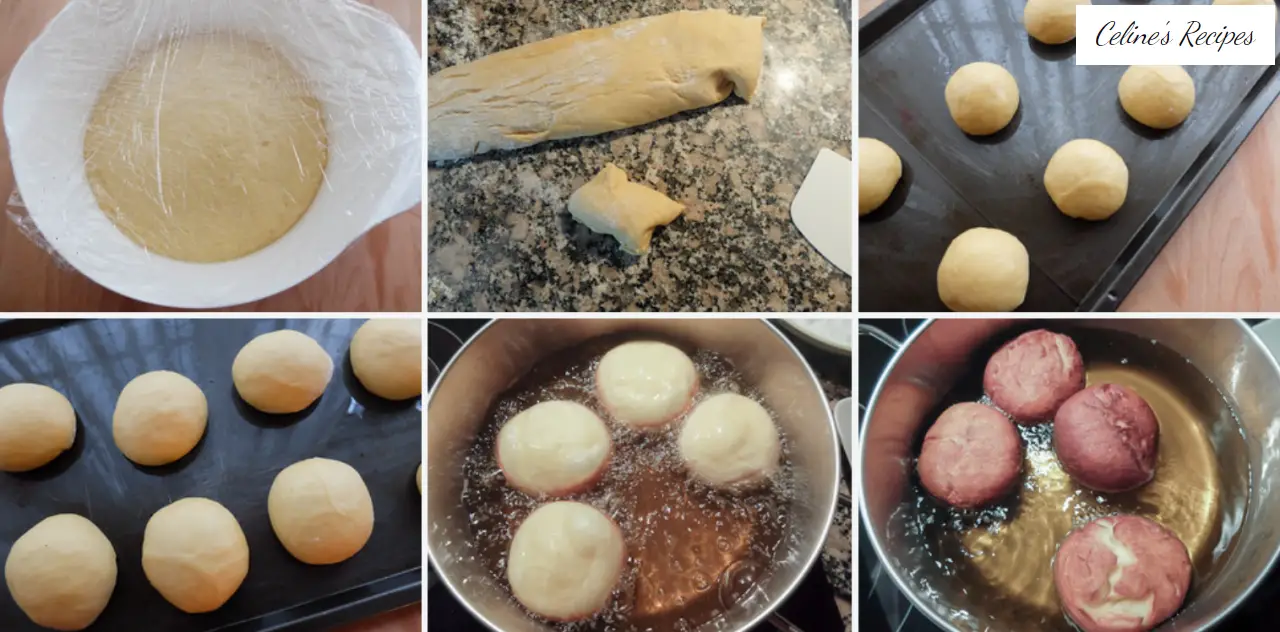

Final presentation of the friar balls
- With scissors we make a mouth in each of the friar balls.
- We put our pastry cream in a sleeve or, failing that, a plastic bag to which we will cut one of its tips, and fill each ball.
- We can only enjoy these cakes when we feel like it the most.
- Whether it’s mid-afternoon at snack or just for a whim at any time of the day. We can only enjoy this cake alone or accompanied by a coffee.
You can see all the photos of the step by step of this recipe for friar balls filled with cream. Do not miss any detail so that they come out perfect.
